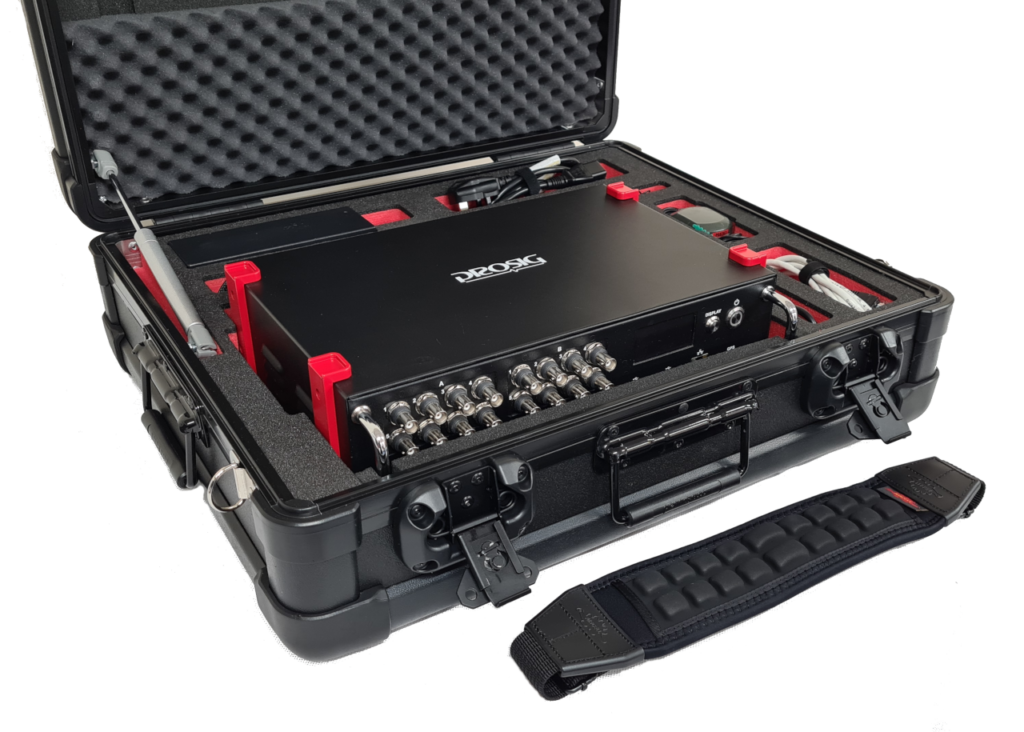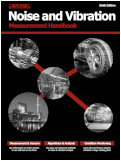Welcome to our latest blog post, where we delve into the fascinating world of resonance and natural frequency! Over the years, we’ve consistently noticed that our articles exploring these topics have garnered immense interest from our readers. It’s no wonder, given the vital role resonance plays in understanding and assessing noise and vibration phenomena. In this comprehensive post, we’ve compiled all of our valuable resources on resonance and natural frequency, offering you a one-stop guide to master the concepts and their applications.
Resonance is not only a fascinating phenomenon but also a crucial one in the realm of engineering and acoustics. It has a significant impact on the performance, safety, and longevity of various structures and systems. Whether you’re designing a building, assessing the vibration control of an automobile, or exploring the acoustic properties of musical instruments, understanding resonance is essential for optimizing performance and ensuring stability.
Please follow the links below…

Since resonance is such an important concept in noise & vibration measurement we thought we’d see what videos we could find to illustrate the phenomenon. So, here are 5 videos that show various aspects of resonance.

A resonance occurs when a structure or material naturally oscillates at a high amplitude at a specific frequency. This frequency is known as a structural resonant frequency…

How do you find the resonant frequency in the real world? What do you do when there is a situation with multiple peaks in the frequency domain data? How do you know the frequency…
Advertisement
COMPLEXITY MADE SIMPLE
From sensors to DAQ to analysis & reporting, Prosig supports your entire measurement chain



Whether you need accelerometers from our colleagues at DJB Instruments, microphones, pressure sensors or something else, Prosig can supply them as part of your system. Or you can use your own. Discover more about the Prosig hardware and software range.

In the previous two articles (What Is Resonance? (Part 1) & What Is Resonance (Part 2)) in this series we have looked at how we can identify a resonant frequency. Now we will…

The following article will attempt to explain the basic theory of the frequency response function. This basic theory will then be used to calculate the frequency response…

After finding the natural frequency of a system, what could be done to stop or reduce the systems resonance being excited?…
[Post updated 24th Mar 2023]
Latest posts by Chris Mason (see all)
- Rotating Machinery Vibration Analysis: Keeping Your Machines Humming Along - November 27, 2023
- Vibration Control and Isolation: A Comprehensive Guide for Engineers - November 6, 2023
- Modal Analysis in the Real World - October 6, 2023





